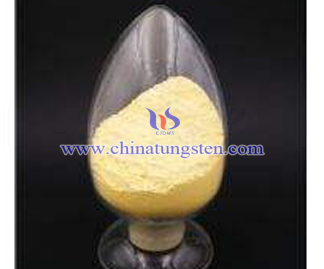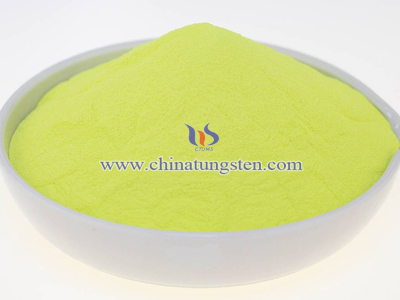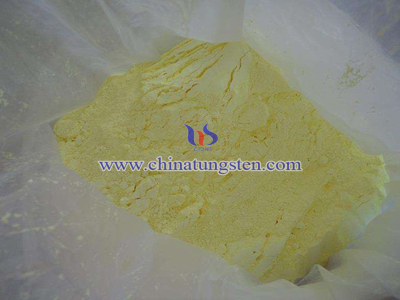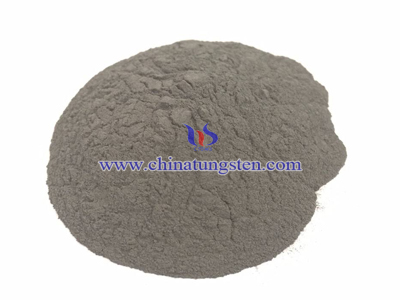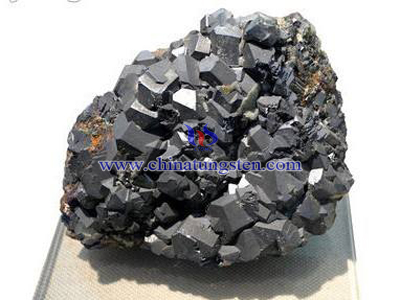Nanoporous Tungsten Oxide Electrode
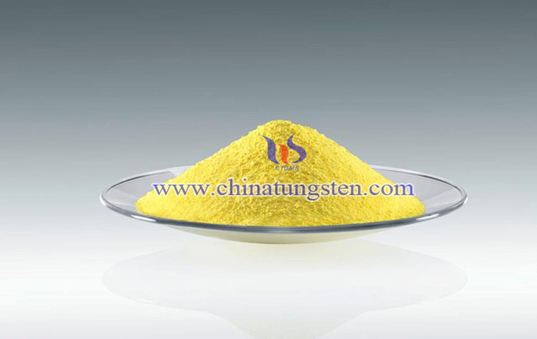
Electrochemical oxidation preparing nanoporous tungsten oxide electrode:
1) Treating method for tungsten foil: Firstly cut it into 10mm x 15mm pieces, using waterproof abrasive to polish it, then clean it with acetone, isopropanol, methyl alcohol and deionized water ultrasound cleaning for 15min, blow it with nitrogen gas.
2) Use tungsten foil as anode, Pt foil of 10 x 15mm as counter electrode, put them into electrobath, the distance between two electrodes is 25mm. Then put electrobath in water bath of constant temperature, adjust the bath temperature to control the reaction temperature. The reacting area is 0.88cm2. Adding a certain amount of ready-prepared 1mol/L(NH4)2SO4 solution electrolyte with different concentration of NH4F.
3) Clean the ready-prepared WO3 nanoporous thin film with deionized water, blow-dry with nitrogen gas in the air and put them in muffle furnace, the heating rate is 5℃/min, cool it down to room temperature, then packed it to nanoporous tungsten oxide electrode by epoxy.
Electrochemical property:
1) Quantum conversion rate
Below is WO3 electrode of nanoporous structure and densification photoaction spectra. Electrolyte solution uses H2SO4 solution of 0.5mol/L(pH=0), electrode potential (vs.Ag/AgCl)is 1.2V, from the spectra we can see nanoporous electrode photoelectron conversion rate is 89.5% within 340nm of ultraviolet area, The conversion rate can reach 22.1% in the visible light area of 400nm. On the contraty, densification structure WO3 electrode conversion rate is only 19.2% and 2.4%, it is far away from nanoporous electrode conversion.
2) Photocurrent density spectra and photoconversion efficiency
Current density of semiconductor photo-anode reflects photocatalytic activity of electrode material. The photocurrent spectra of two different structure electrode is as following. In the dark, the current density of samples are weak; when electrode is exposed to light and with the increase of bias, the photocurrent density also increases. It means that nanoporous WO3 electrode has larger specific surface area, has stronger light absorption ability, it can get full contact with electrolyte and is easier to let photoelectron transport, so it has fine photoelectric property.

